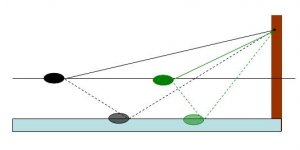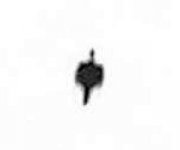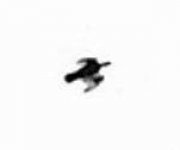Regarding Bret Tobalske, I want to make it clear that my criticism was directed at the misuse of his data by those grasping for any way to confirm their belief that an ambiguous and inconclusive video image shows an Ivory-billed Woodpecker. I think Bret Tobalske's work is of the highest caliber. He understands the statistics involved. It is wrong to question his expertise.
After I explained why wing beat frequencies reported in both the Luneau and Collins videos could not be used to eliminate Pileated (mainly because I have measured rates of Pileateds in flight that match or surpass the birds in those videos), the goal posts shifted to an assertion that flight speed was "inconsistent" with Pileated, implying that this feature of the Collins video supported the identification as Ivory-bill. My criticism was directed at this misuse of the cited data.
The 1996 Auk paper by Bret Tobalske focused on the physiological and morphological constraints of flight behavior in woodpeckers. It was not aimed at generating data to show how wing beat frequency or flight speed could be used to discriminate species of woodpeckers. These characters may be useful for identification in some circumstances and for some species pairs. Flap rate has not been shown to be diagnostic for separation of Pileated and Ivory-billed woodpeckers, and Bret Tobalske has never said this.
Let's be clear, Michael Collins did not identify the bird in the field as an Ivory-billed. His video shows something apparently with and without trailing edges of white in different segments of significant duration. Because the image is ambiguous, one can make of it what they want. Collins and others want it to be an Ivory-billed. One expert, formerly a searcher and not otherwise involved with this dispute, wrote to me saying they were sure it was a Pileated. It is worth scrutinizing the Collins video, but it will not settle anything. I find it especially unfortunate that the discussion on this thread was started by someone who came blustering in calling people willfully ignorant and demanding a pay up. Let's keep things in perspective.






